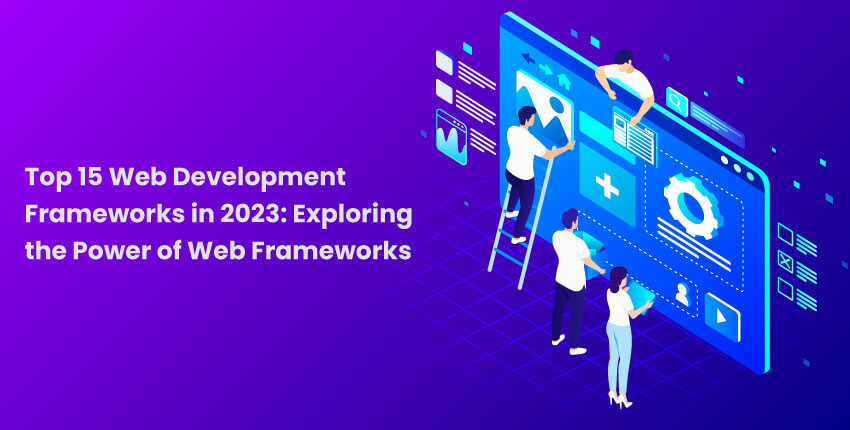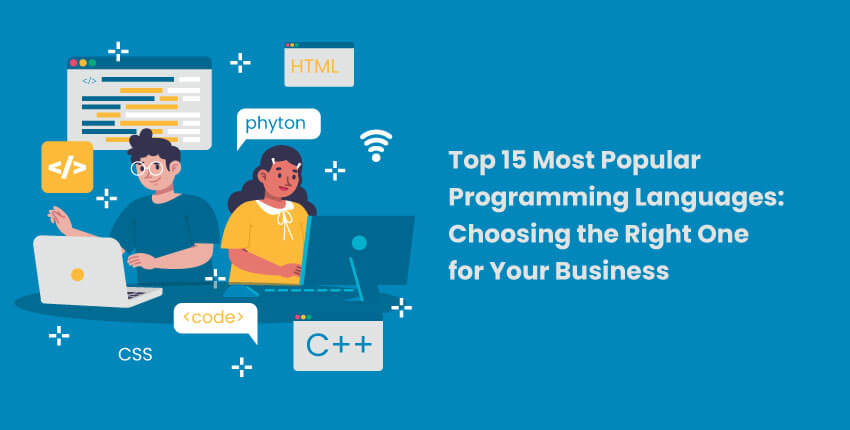Top 15 Web Development Frameworks in 2023: Exploring the Power of Web Frameworks
Introduction: Discover the latest advancements in web development as we highlight the top 15 sought-after frameworks in 2023. These indispensable tools have gained immense popularity among developers worldwide, empowering them to create efficient and robust web applications. In this blog, we’ll explore the advantages of using frameworks, discuss different framework architectures, and offer valuable insights …
Top 15 Web Development Frameworks in 2023: Exploring the Power of Web Frameworks Read More »











